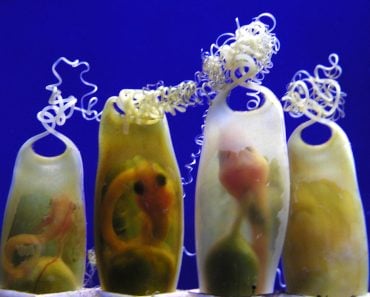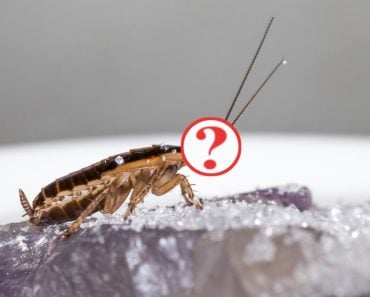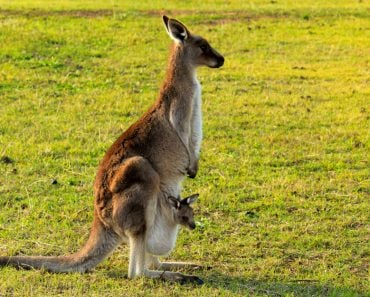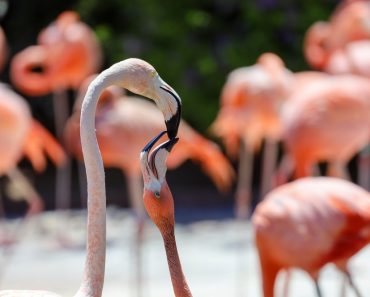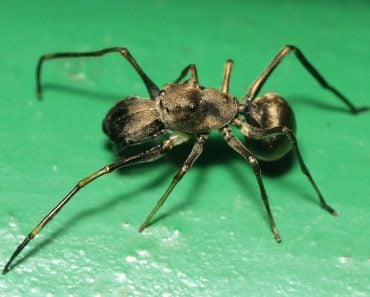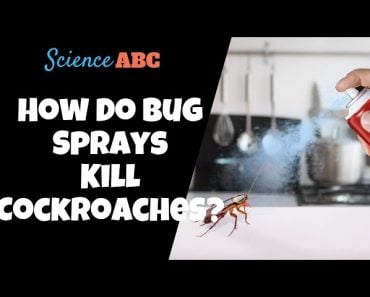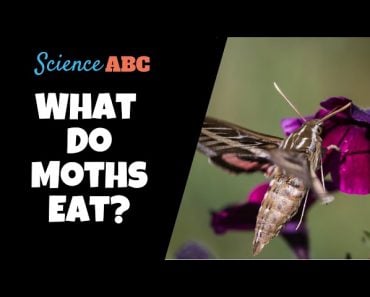Unlike other cockroaches, which lay their eggs outside their body in egg cases, the embryo of the Pacific beetle cockroach is inside the body of the female adult. Pacific beetle cockroaches lay eggs with no yolk. Instead, they secrete a form of crystalline milk through a pseudo placental-like tissue.
The biology rule book says that mammals are the only class of animals that make milk to feed their young ones. However, there are exceptions to every rule in the natural world. One particular species of cockroach called the Pacific beetle cockroach does make milk to feed its babies. That said, its modus operandi is different from other invertebrates when it comes to nourishing its embryos.
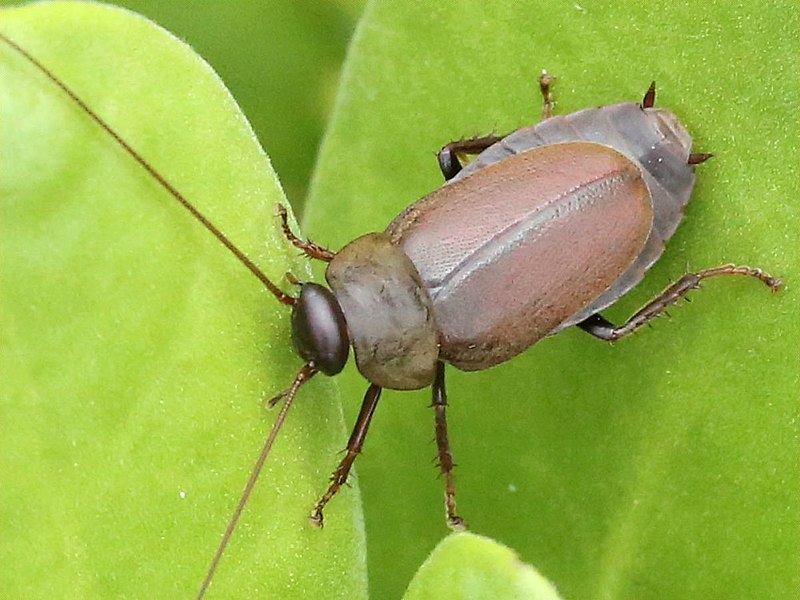
Recommended Video for you:
Reproduction In The Animal Kingdom
Animals reproduce in many ways, from simple binary fission in bacteria to sexual reproduction in higher organisms. In animals that sexually reproduce, there are two types: egg-laying or oviparous animals (i.e., fish, birds, snakes), and live-birthing or viviparous animals (i.e., humans, horses, and dogs).
The organisms caught in the evolutionary transition between the two always manage to surprise us!
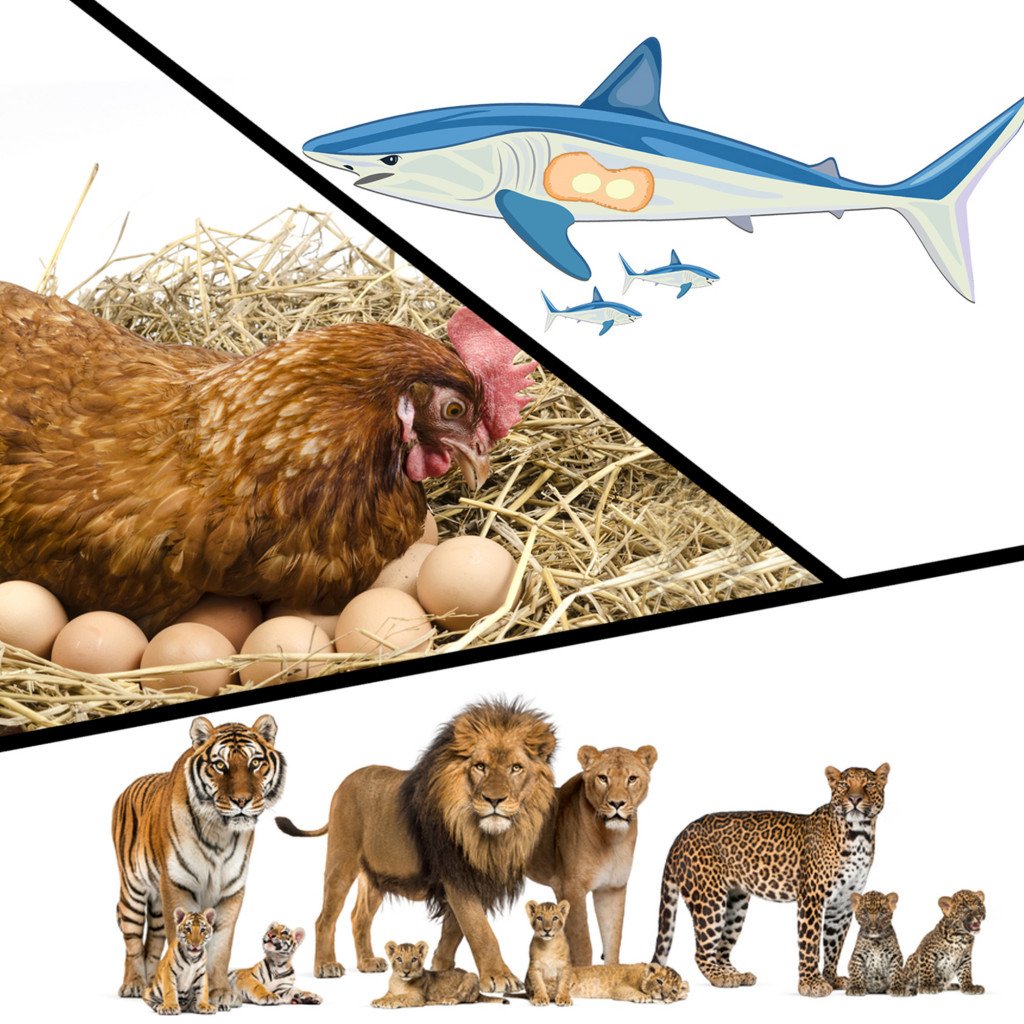
The Pacific Beetle Cockroach or Diploptera punctata, found in Hawaii, is unique and different from any other cockroaches, as they not only give live birth to their young ones, but they also nourish their young during gestation.
Can Cockroaches Give Birth To Their Offspring?
A Pacific beetle cockroach retains the embryo inside their body in the brood sac, nourishes them, and then expels young ones. Unlike other cockroaches, which lay their eggs outside their body in egg cases, the embryo of the Pacific beetle cockroach is found inside the body of the female adult.
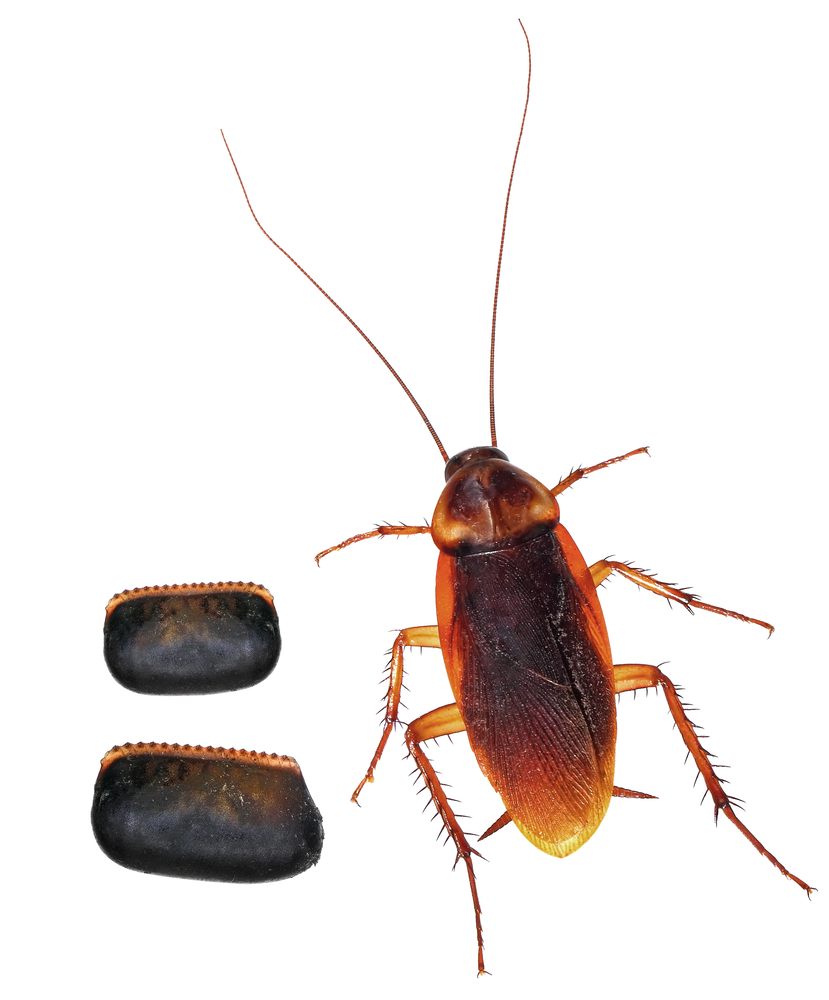
In most oviparous organisms, the embryo receives nutrition from the yolk contained in its egg. Viviparous animals, on the other hand, stream nutrients from the parent to the offspring via the placenta.
Considering that the Pacific beetle cockroach is viviparous, the question is… how do they feed their embryos without a placenta?
Animals without a placenta have varied patterns of feeding during gestation. Gall midges get nutrients from the maternal hemolymph. Tsetse flies feed on the liquids secreted from female reproductive ducts.
Pacific beetle cockroaches lay eggs with no yolk. Instead, they secrete a form of crystalline milk through a pseudo placental-like tissue.
How Pacific Beetle Cockroaches Feed Their Young
The embryos of the Pacific beetle cockroach grow inside a brood sac—a unique organ that functions as both a uterus and pseudo-placenta.
The mother cockroach feeds her young with a crystalline milk secretion composed of carbohydrates, proteins, lipids, and other nutrients that are necessary for baby roaches.
The crystalline milk, called Lili-Mips, is a source of protein. The milk of the Pacific beetle cockroach (232 kcal per 100 g or 37 %) has 3 times more calories than human milk. This high protein content is why Pacific beetle cockroaches are pregnant for a shorter duration; they have a 15-day gestation period, as compared to a 60-day gestation period in other cockroach species.
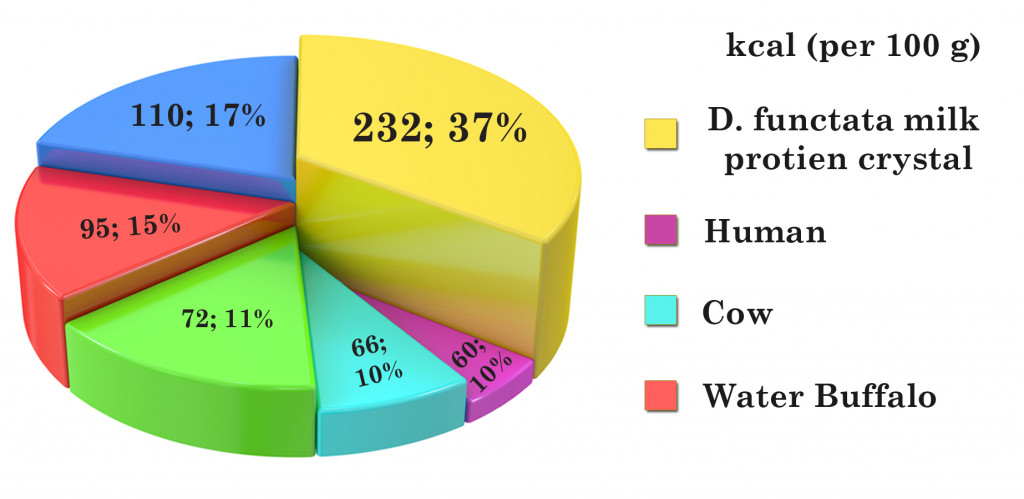
The milk protein in crystalline form is unique to the Pacific beetle cockroach. Crystalline milk protein is more stable for longer periods than a soluble protein.
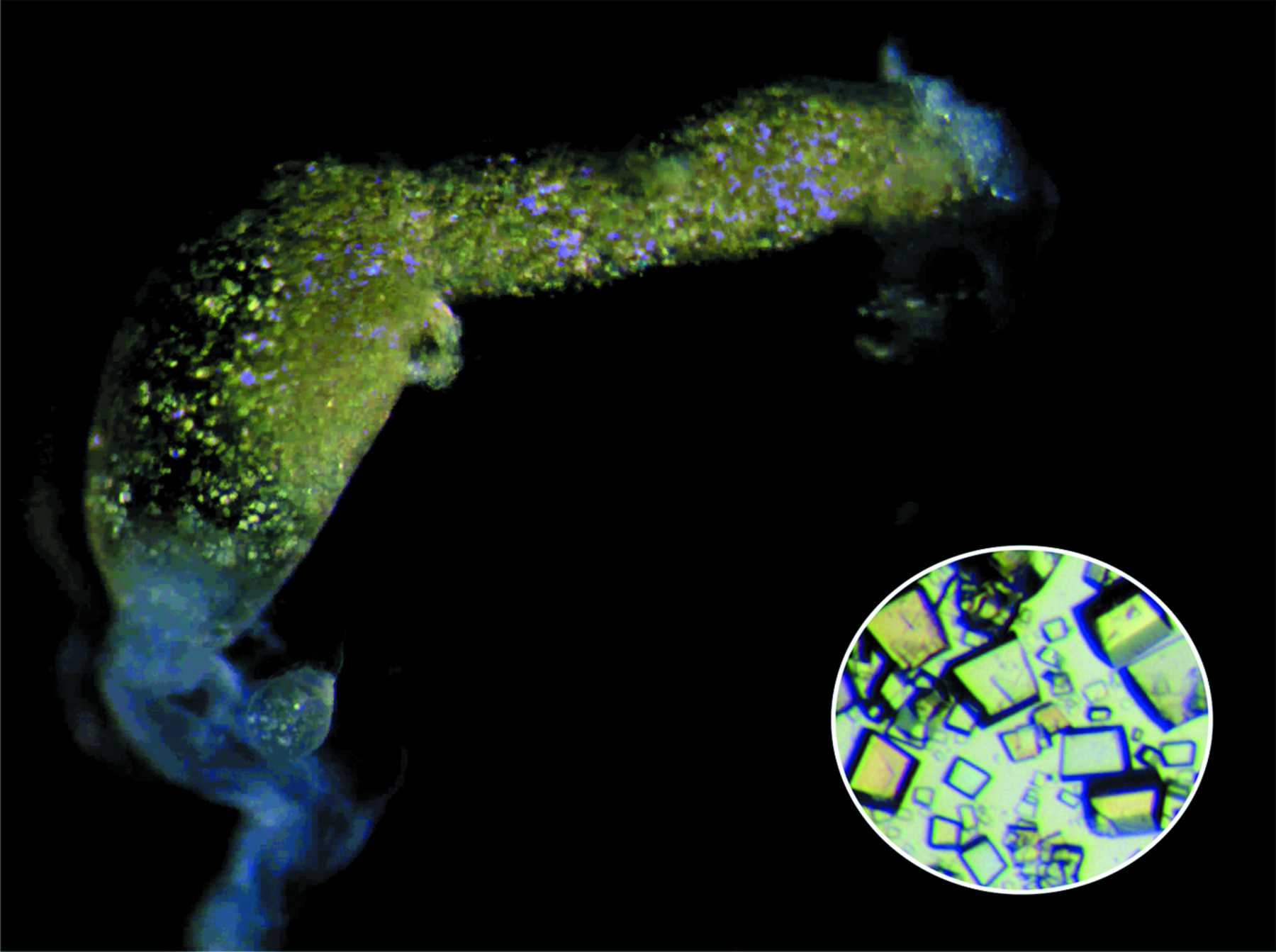
What Is Special About The Pacific Beetle Cockroach?
The exceptions to our rules for nature are often the most fascinating to study. Popular imagination portrays evolution as a straight line going from one adaptation to the next, but that mode of thinking has many flaws and can’t explain the Pacific beetle cockroach’s reproductive strategy.
Often times, two very distantly related animals evolve similar traits independently, evolutionarily speaking, of each other. This is called convergent evolution.
Bats can fly, and so can birds, but the two evolved their ability to fly in very different ways. Similarly, the Pacific beetle cockroach evolved its reproductive traits independent of mammals evolving them. Some reptiles, such as the sea snake, also give birth to live young (although they don’t produce milk for their young), while some mammals lay eggs, such as the platypus.
Why did the cockroach evolve this form of reproduction? That part remains a mystery, though we may be able to discover the reason by studying the cockroach’s DNA for evolutionary clues.
A Final Word
For species to survive and reproduce, they must adapt to their environment by acquiring new characteristics. The Pacific beetle cockroach and its evolutionary rule-defying nutrition strategy is just another way for it and its young to survive in the wild.
It’s very surprising in the Pacific beetle cockroach, an invertebrate locked in matrotrophic viviparity: the insect gives birth to little ones, and provides nutrition to those young ones.
The Pacific beetle cockroach is anomalous among its class of Insecta for its adaptation to matrotrophic vivparity, and could likely teach some humans a thing or two about proper maternal care!
References (click to expand)
- Banerjee, S., Coussens, N. P., Gallat, F.-X., Sathyanarayanan, N., Srikanth, J., Yagi, K. J., … Ramaswamy, S. (2016, June 27). Structure of a heterogeneous, glycosylated, lipid-bound,in vivo-grown protein crystal at atomic resolution from the viviparous cockroachDiploptera punctata. Iucrj. International Union of Crystallography (IUCr).
- Jennings, E. C., Korthauer, M. W., Hendershot, J. M., Bailey, S. T., Weirauch, M. T., Ribeiro, J. M. C., & Benoit, J. B. (2020, May). Molecular mechanisms underlying milk production and viviparity in the cockroach, Diploptera punctata. Insect Biochemistry and Molecular Biology. Elsevier BV.
- Ponce de León, J. L., & Uribe, M. C. (2021, April 7). Morphology of yolk and pericardial sacs in lecithotrophic and matrotrophic nutrition in poeciliid fishes. Journal of Morphology. Wiley.
- Niaz, K., Zaplatic, E., & Spoor, J. (2018). Highlight report: Diploptera functata (cockroach) milk as next superfood. EXCLI Journal; 17:doc721; ISSN 1611-2156.

